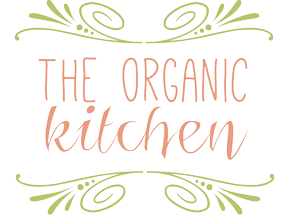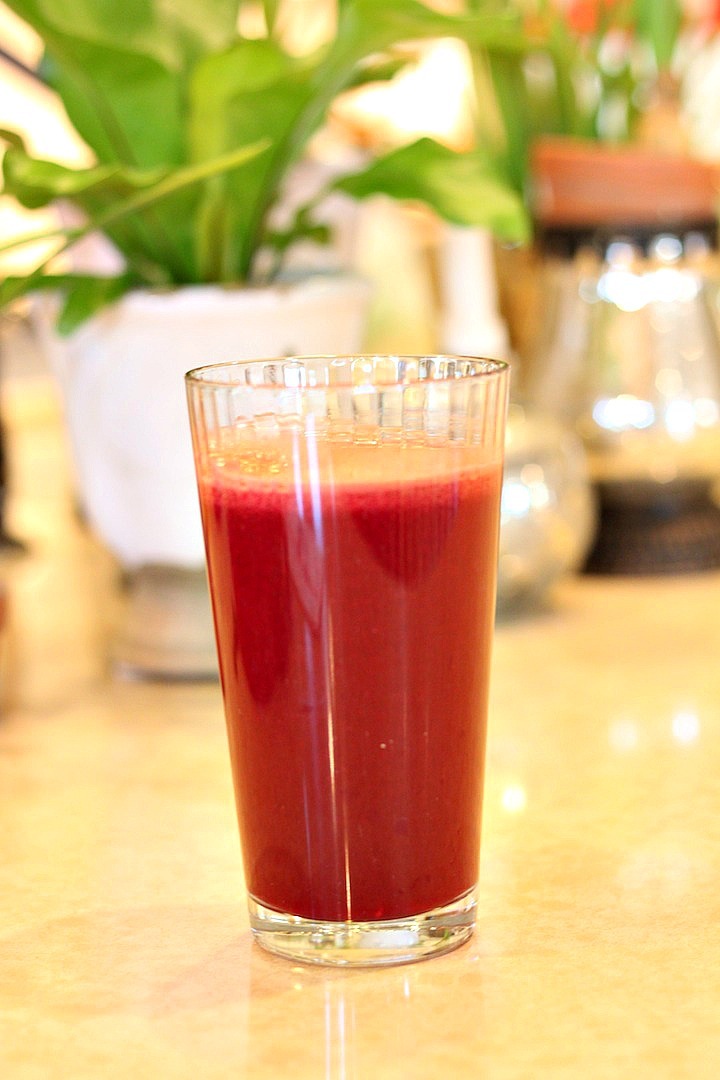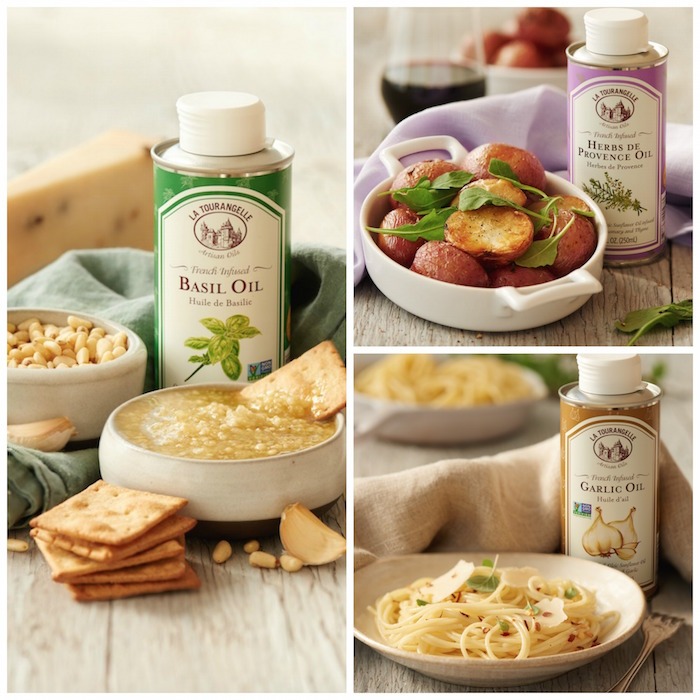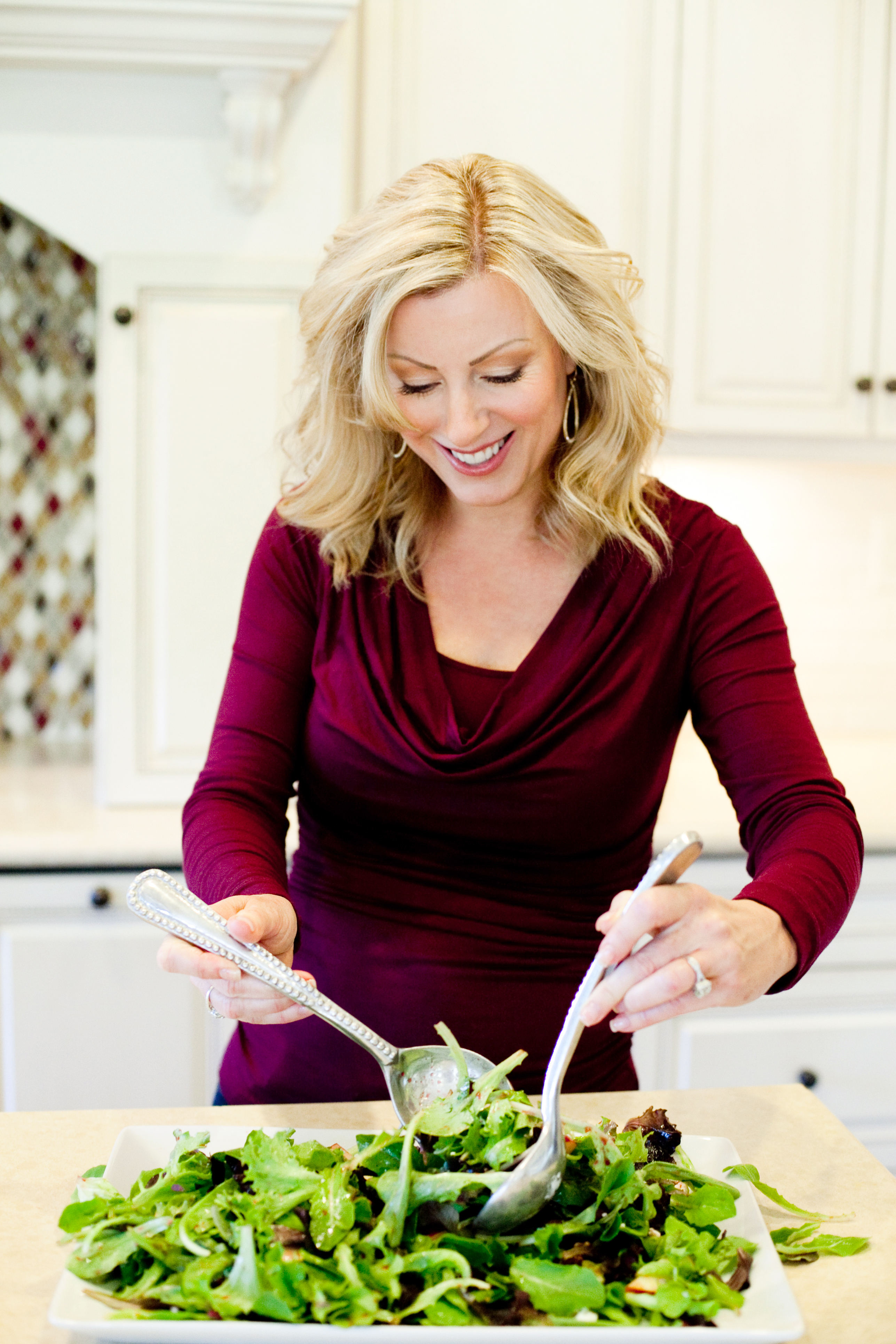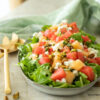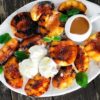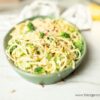Today’s post is an important one. I could sum up the entire post below with this simple quote from the author of “In Defense of Food” and “The Omnivore’s Dilemma”…
~ “Eat food. Not too much. Mostly Plants” Michael Pollan
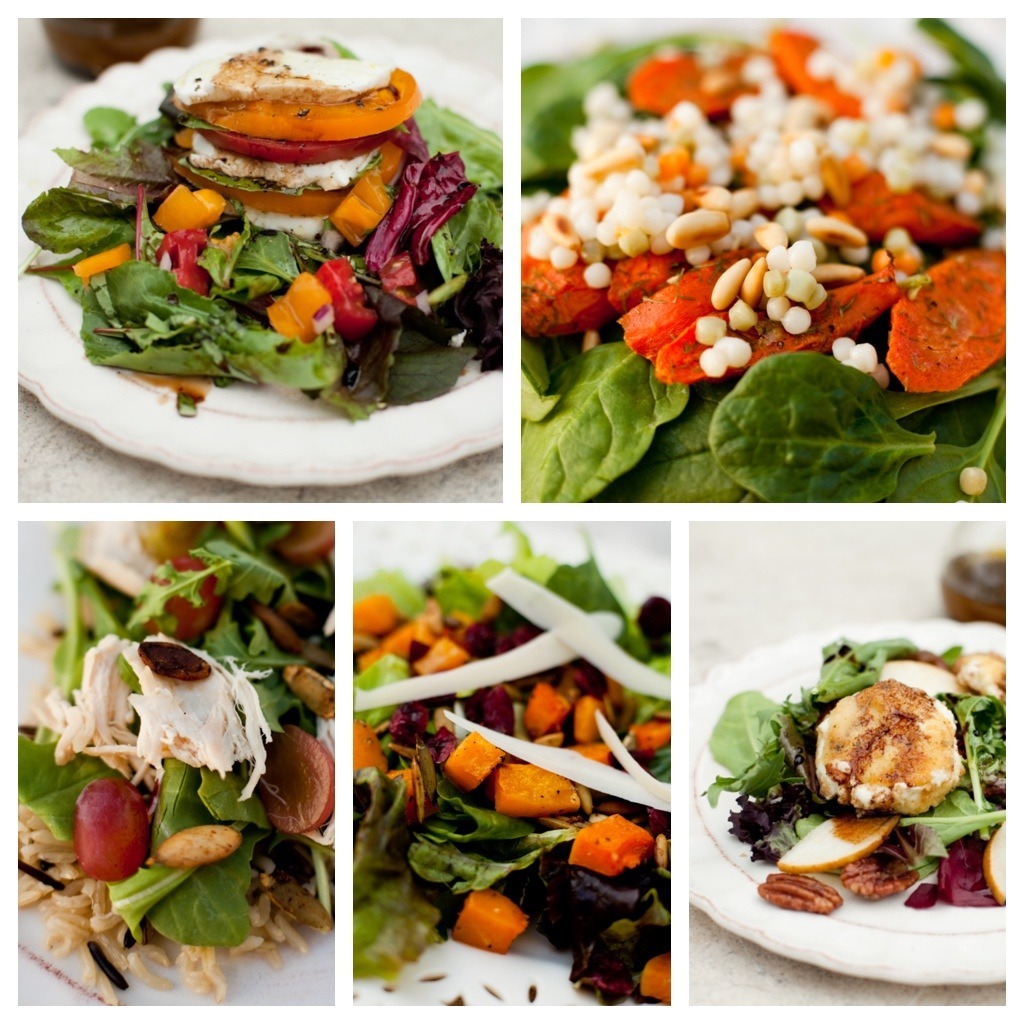
There’s Good New and Bad News…We Will Start with The Bad:
In this country we are experiencing an epidemic of epidemics. According to a book I highly recommend “Inflammation Nation” 70 million Americans suffer from arthritis. That’s one in every three adults, twice as many as 20 years ago. More than 20 million have asthma, 50 million have allergies (there has been a 100% increase in hay fever in the last 3 decades) and 10% of our young children have dermatitis. There were 18.2 million people in the US with diabetes in 2002, a 49% increase from the decade before and I haven’t even gotten to heart disease, other auto immune diseases and cancer which are at higher rates than ever, even with all we supposedly know about prevention. We seem to be missing something. How could the most affluent country in the world be so very, very sick? Well, the answer is inflammation.
Inflammation is an Appropriate Response as Long as It’s Temporary:
Inflammation can be a good thing, a temporary healing mechanism. We injure ourselves, let’s say we twist an ankle, the area floods with water (inflammation, swelling) and we rest it, the inflammation does it’s job and soon the injury and the inflammation go away. But what happens when we are in a chronic state of inflammation? And why would we be?
Could the cause be that we eat way too many artificial, processed foods and not enough of these?
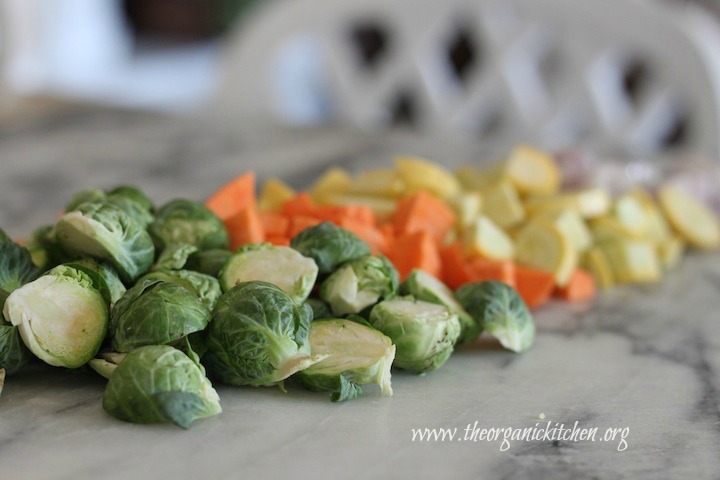
Our very American diets causes inflammation!
Yep it’s true. Americans are awash in a sea of processed foods, sugar and health destroying manmade fats. All cause inflammation. Think about this little fact: 150 years ago the average American ate 1 pound of sugar a year, now we eat an average of between 150-180 lbs of sugar a year! That is startling and quite disturbing. Most of us can’t get through a day without it. And more alarming is that at the same time we started eating enormous amounts of sugar, scientists in laboratories invented fake fats now known as hydrogenated vegetable oil (crisco), margarine, and trans fats.
Before fake fats were invented Americans ate real fats, butter, olive oil and lard. To add insult to injury farmers started feeding their animals foods that literally changed the composition of their fat! Feeding cows corn instead of their natural diet of grass actually changed their fat from the healthier Omega 3 fat to the less healthy and inflammation causing omega 6 fat. The combination of a high sugar and artificial fat diet has quite literally been lethal for us. If you aren’t sick yet, count your blessings. But counting your blessings isn’t enough, you may also need to change your diet and educate yourself and your family if you want to stay that way! BTW to make this post a reasonable length I will be linking to other sites, so when ever you see a highlighted word, click! (but then come back:)
How does inflammation cause disease?
If you would like to read a more in depth explanation of how inflammation and disease are related click here. Inflammation is usually the body’s healing mechanism, but when inflammation is chronic and low grade it may go barely noticed. Maybe you wake up puffy, your joints are stiff or you have frequent headaches. That is inflammation. When your body’s systems experience a constant inflammatory response because of poor diet and stress, you become more susceptible to aging and disease. A body ridden with inflammation is basically terrain for disease. So how do we improve the terrain?
What can you do?
Change your diet: There are two kinds of food in this world, the kind that cause inflammation and the kind that don’t. The key to avoiding inflammation is avoiding the foods cause it, and eating plenty of foods that don’t and even reverse it. It’s that simple!
So what causes inflammation?
Foods that rapidly raise blood sugar cause inflammation. Foods you may have an intolerance to cause inflammation. Artificial fats cause inflammation. Processed foods cause inflammation. Stress and toxins cause inflammation. Avoid those things.
What should I eat?
According to Dr. Perricone (whom I love) we should eat 3 things at every meal, a combination of low glycemic unrefined carbohydrates (usually in the form of vegetables), a healthy fat and quality protein. This combination stabilizes blood sugar and therefore prevents inflammation. Making sure you get unrefined carbohydrates, healthy fats and protein at every meal not only stabilizes blood sugar preventing inflammation but it keeps you full longer. It satisfies not just your appetite but your nutritional needs which keeps you from bingeing!
And along with diet, try to exercise regularly and avoid stress…yep I know, that last one is difficult. If you can’t avoid the stress, find a way to deal with it, yoga, long walks, talk with a friend, councilor or religious leader…whatever works. To see how stress and inflammation are linked, click!
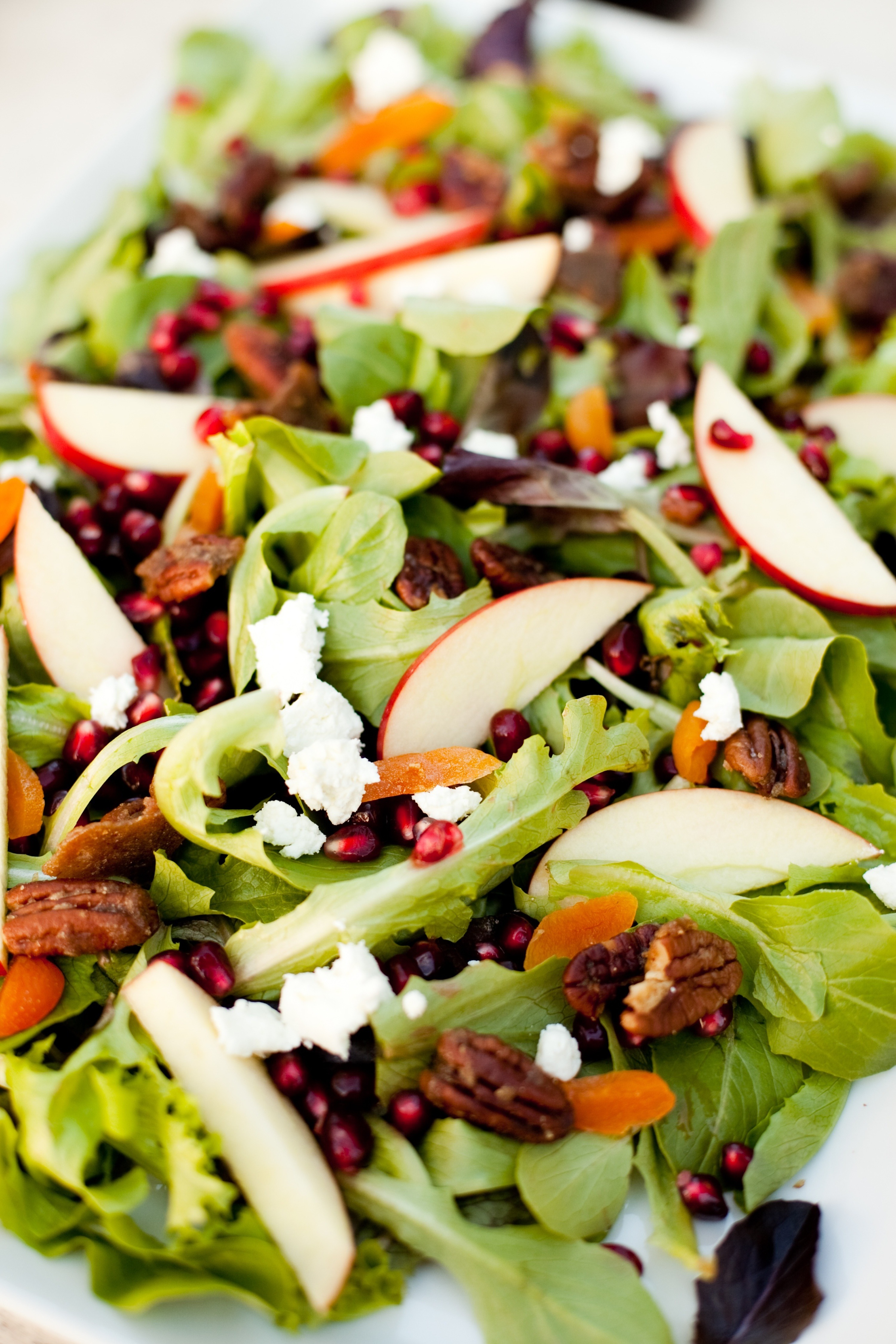
How do I design and anti-inflammatory meal?
Well let’s break down Dr. Perricone‘s suggestion…
1. Low glycemic carbohydrates:
Eat low glycemic carbohydrates, usually in the form of vegetables. Vegetables are filling, loaded with inflammation fighting anti-oxidants and don’t rapidly raise blood sugar. So eat them like they are going out of style! Other sources of unrefined carbs include legumes and fruits. Whole grains are ok occasionally but do raise blood sugar more than vegetables, so keep the portions small. To see a list of more low glycemic carbs click here. Do your best to cover 75% of your plate with vegetables!
2. Eat healthy fats!
Good fats are found in olives, olive oil and other unrefined oils like coconut oil. More good sources of healthy fat include avocados, salmon, nuts, seeds, some grains (like quinoa), egg yolks, and even though you may have been brainwashed to believe differently, butter and saturated fats from animal products! Good fats help to stabilize blood sugar. Stabilizing blood sugar prevents inflammation.
3. Eat good quality protein
Eat good quality protein such as organic chicken, pastured eggs (pastured, meaning the chickens roam free, not to be confused with ‘pasteurized’), wild caught salmon and other fatty fish, and grass fed beef should be included in every meal. So what if you are a vegetarian? That does make it a little more challenging… lentils, nuts, beans, other legumes, and some grains, like barley and quinoa are excellent plant sources of protein. Keep protein portions about the size of your palm. Vegans and vegetarians click here for more info.
I won’t leave you hanging to figure it out all by yourself!
I can tell you how to plan a meal till I am blue in the face but if you are like me, you may learn better from pictures! Here are some examples of healthy anti-inflammatory meals. Each will meet the three qualifications above, low glycemic carbohydrates, healthy fat and protein. All these recipes are found in my cookbooks…
Blanched green beans (unrefined carbohydrates), spinach salad w/avocados and olive oil dressing (unrefined carbs and healthy fats) and organic roasted chicken (protein)!
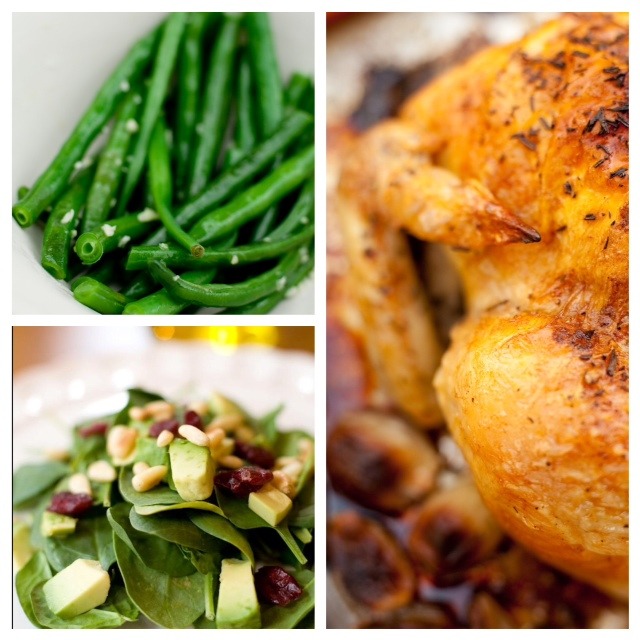
Who wouldn’t want to eat this for dinner?! So let’s try it again and see if you start picking up on it… Roasted carrots (unrefined carbohydrate) grilled veggie salad w/olive oil balsamic dressing (unrefined carbs and good fats) a portion of grass fed beef (quality protein).
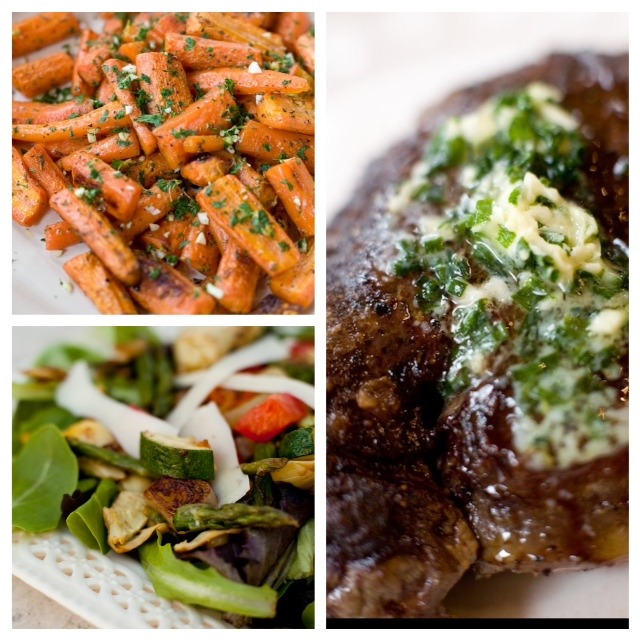
This time I am getting a little tricky…see if you can figure it out. We will meet all three requirements in two items, wild salmon and salad…
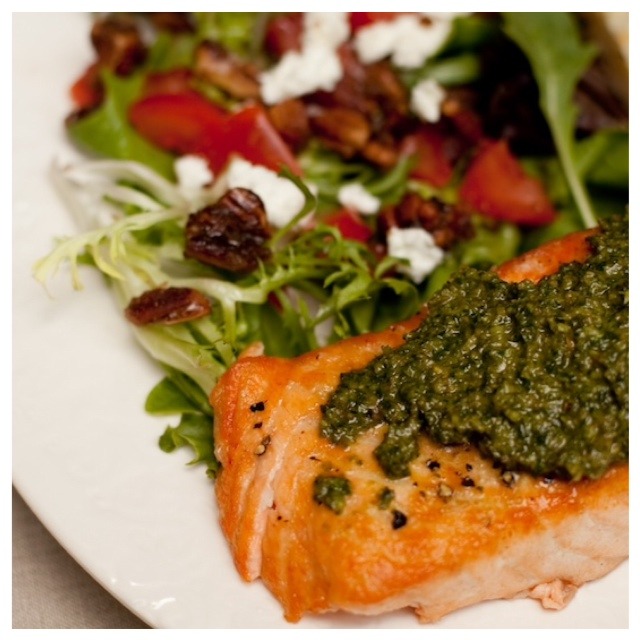
How did you do? Wild caught salmon (healthy fats and protein) and salad with an olive oil based dressing and nuts (unrefined carbs, another healthy fat) Pesto salmon recipe coming soon…to hold you over check out this anti-inflammatory meal.
This time let’s meet the ‘protein, good fats and unrefined carbs rule’ in one menu item… my “Wild Rice and Arugula Salad”…
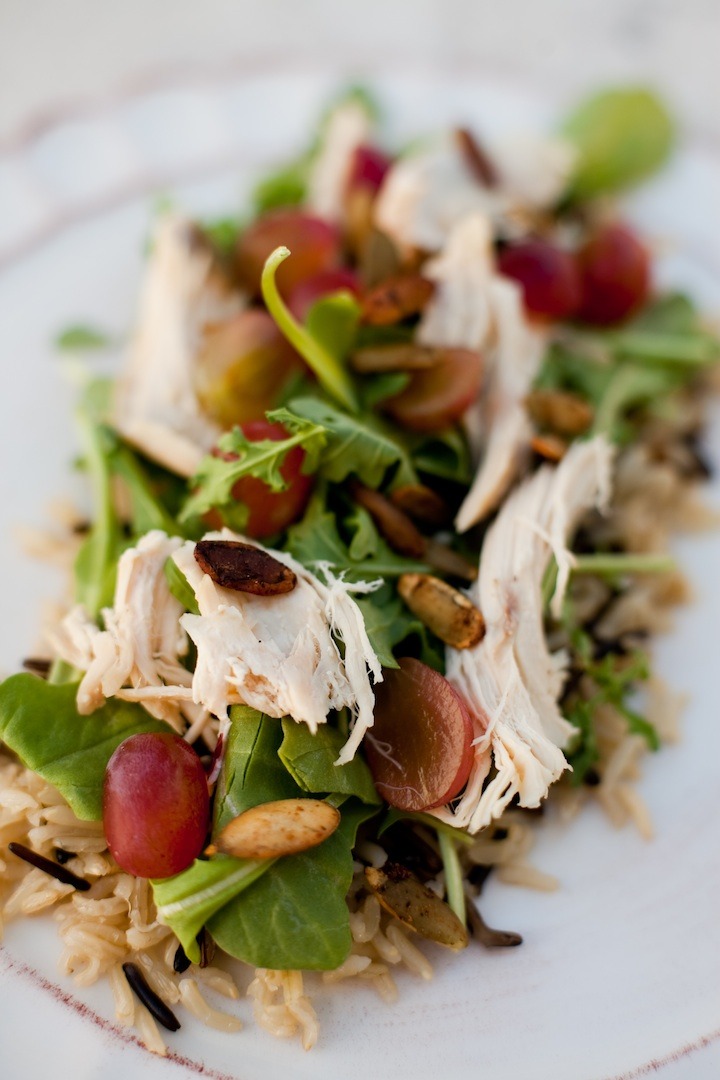
The arugula, brown and wild rice and grapes are all unrefined carbohydrates, the salad dressing and seeds provide good fats, and the seeds and chicken provide protein! Hopefully you are starting to get it!
Keep in mind a meal doesn’t have to be extravagant!
If you are looking at these pictures and thinking ‘too much work’ or ‘what about breakfast and lunch?’ I have ideas! This is my favorite breakfast:
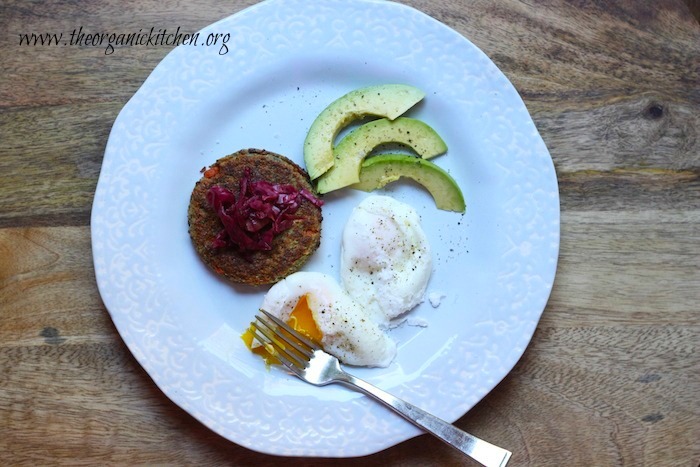
Super simple! 2 poached eggs (protein, healthy fats) a veggie patty with fermented beets (unrefined carbs and healthy dose of probiotics to boot!) and sliced avocado (healthy fats). How about, scrambled eggs and salsa, five minutes! Oats with walnuts, blueberries and a tsp of coconut oil meets all the requirements! More breakfast ideas here and here.
As for snacks, keep it simple! An apple and a handful of almonds works. Yogurt with raspberries and flax seeds…. easy peasy and no prep! Olives and sliced lunch meat. Whole grain bread, sliced turkey, tomatoes and avocados is a brilliant lunch! For dinner make a beautiful salad and pick up a rotisserie chicken from the store! You are only limited by your imagination. (See how three common kitchen appliances can help you save time and eat healthier!)
I hope you found this post helpful. Just know that in the beginning eating well requires a bit thought and planning but soon planning a good meal will be second nature. I have been following the anti-inflammation diet for years. In the beginning I literally used my fingers to count out the three requirements! I would hold up my fingers one at a time as I planned a meal and say outloud … 1. Low glycemic carbs (mostly vegetables) 2. Healthy fats 3. Lean source of quality protein… but now I hardly think about it. I still fight my battles with sugar, as all we addicts do, but I try my best to persevere! To see my favorite juicing recipes click here.
All the food pictured above is from my cookbook “Seasonal Favorites from The organic Kitchen: Autumn/Winter Menus” available in hardcover, PDF and eBook here.My Spring/Summer Cookbook is now available in eBook and 80 page hard cover as well!
Post tags: vegetarian, vegan, healthy, dairy free, gluten free, menu planning
